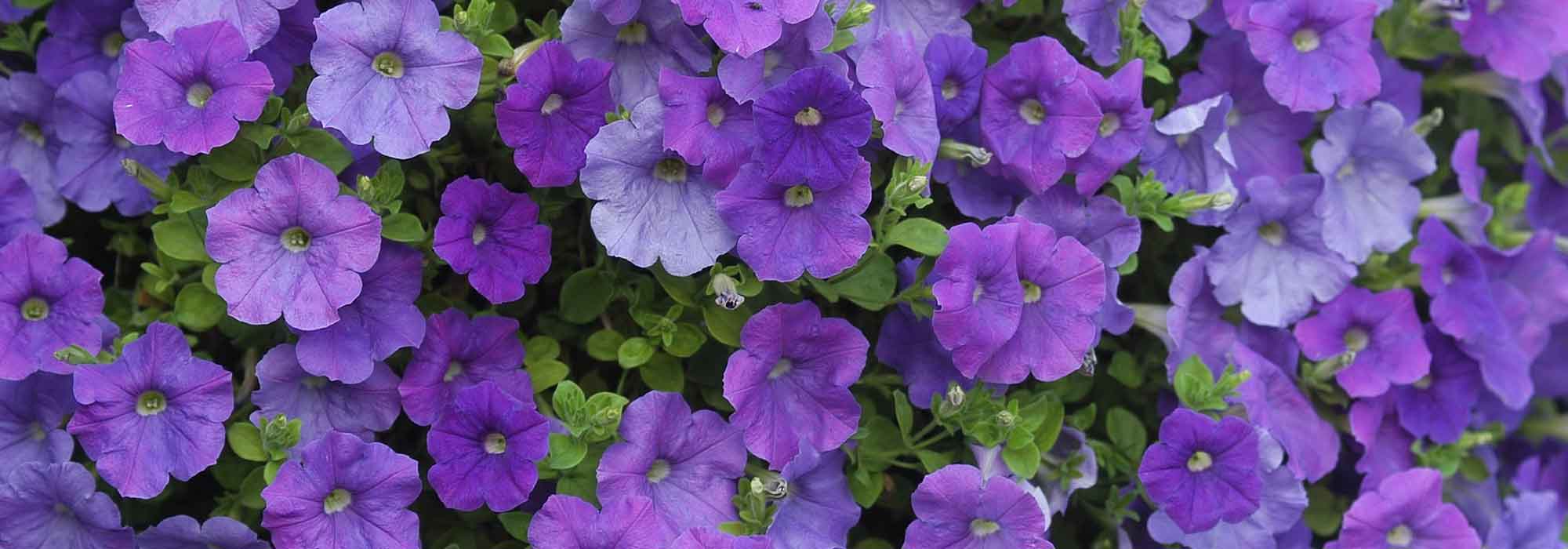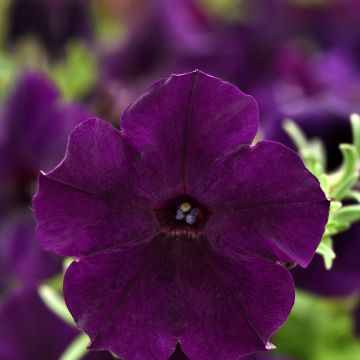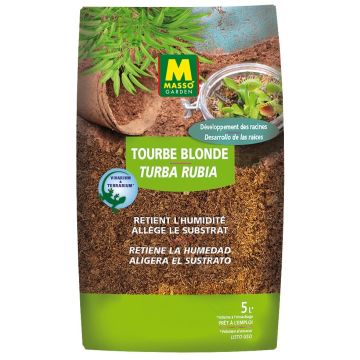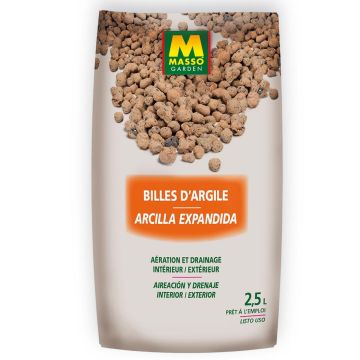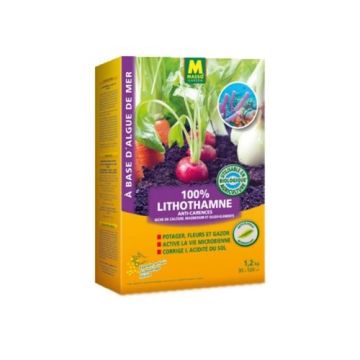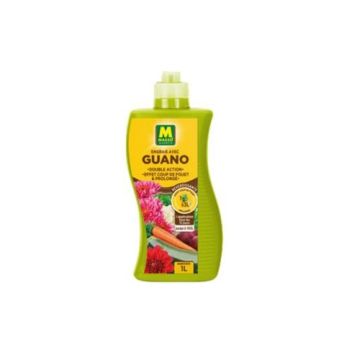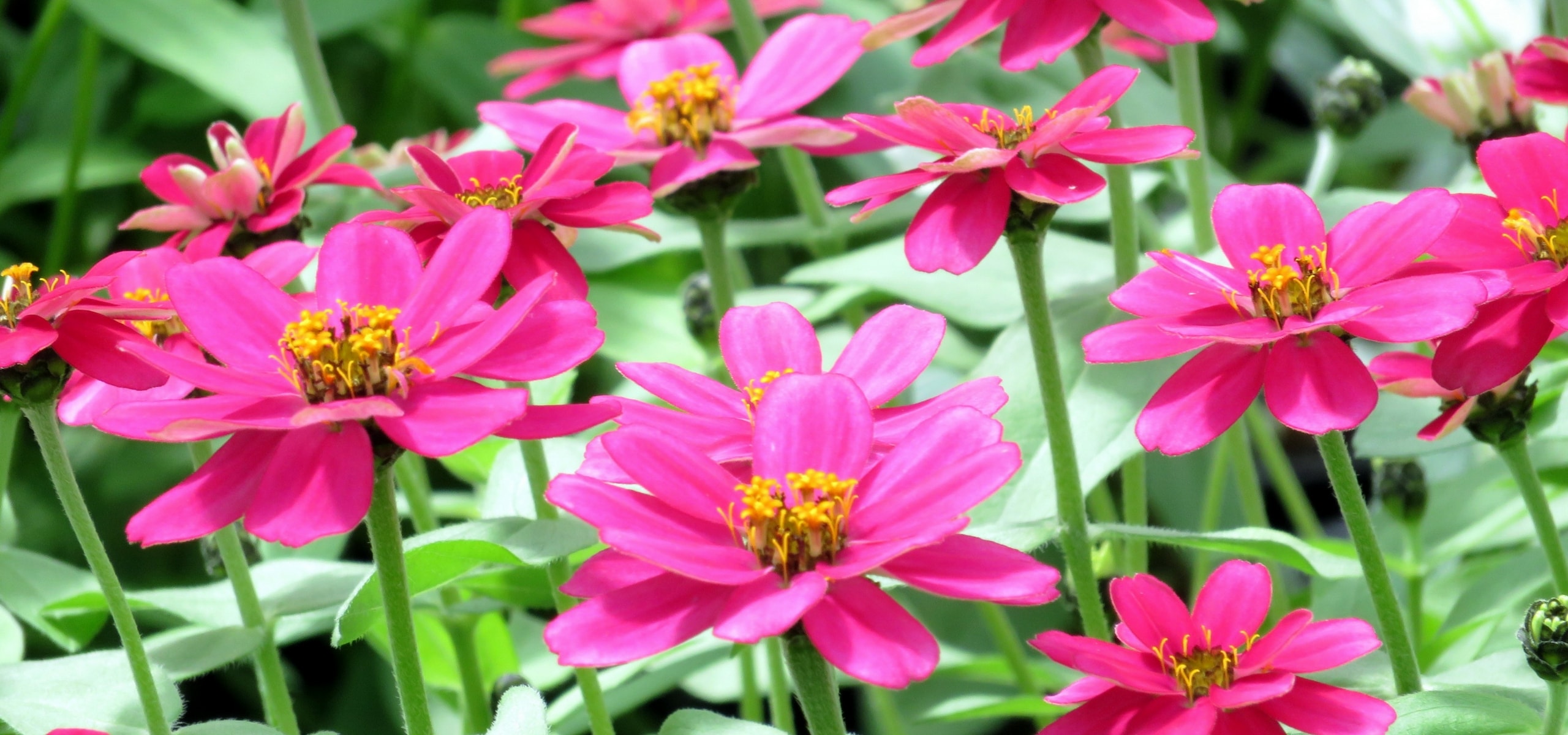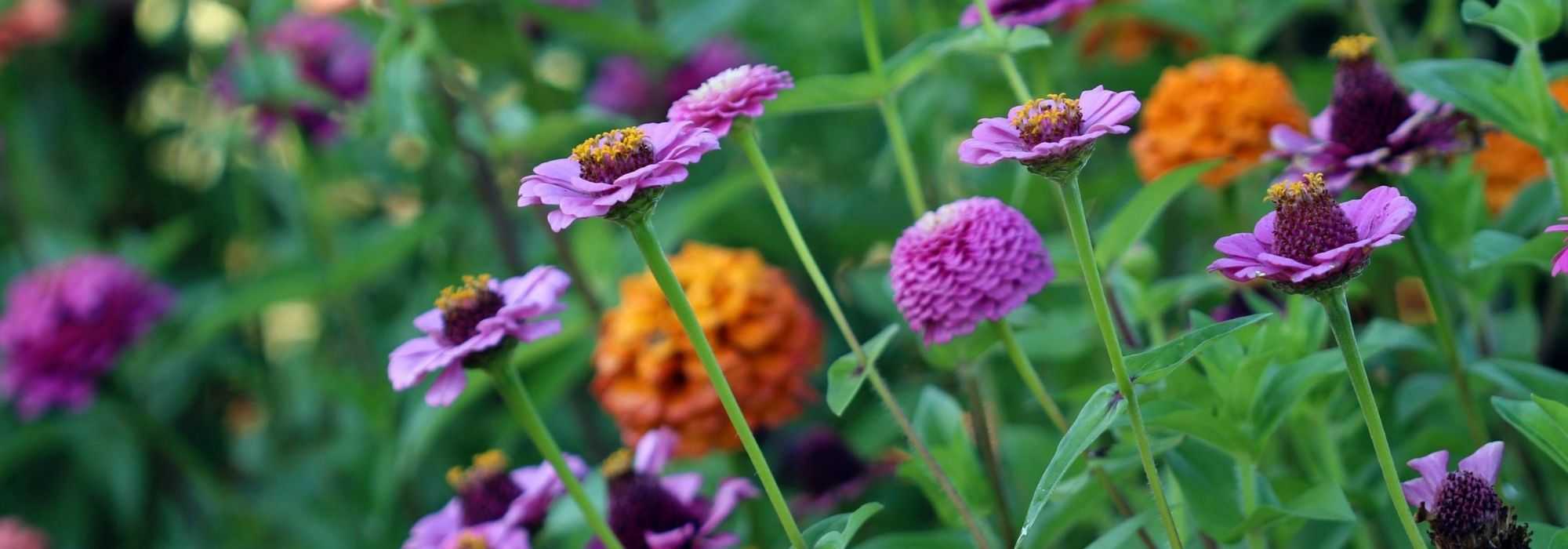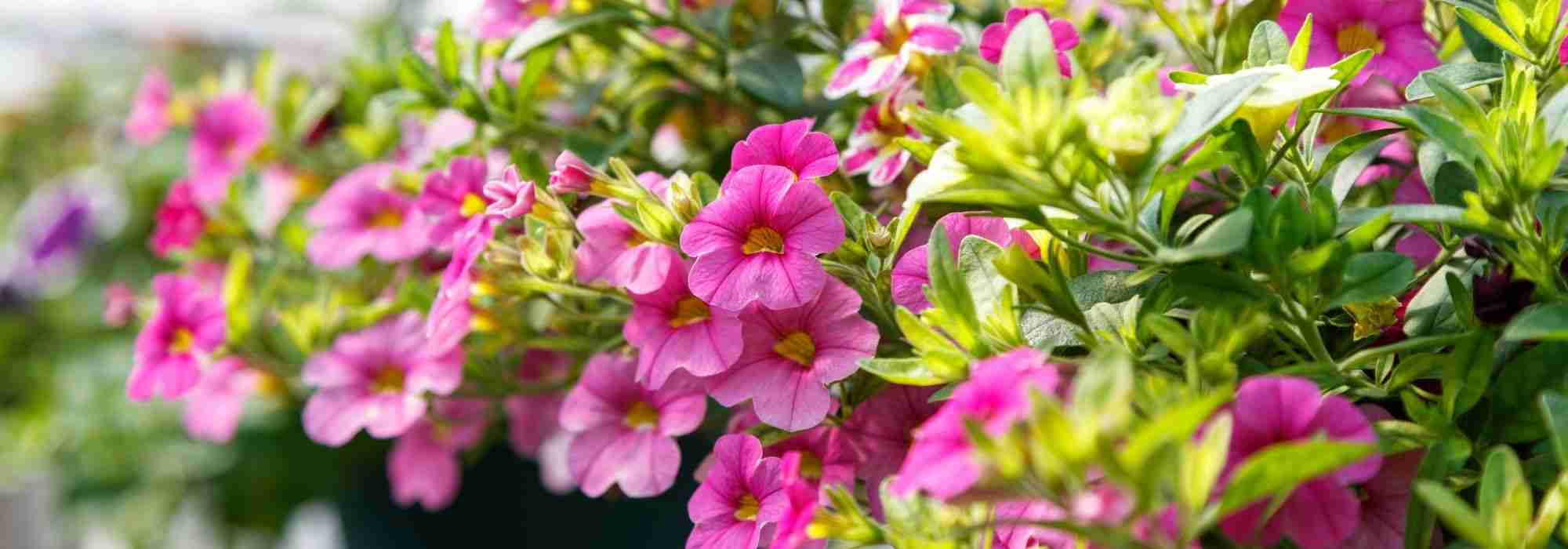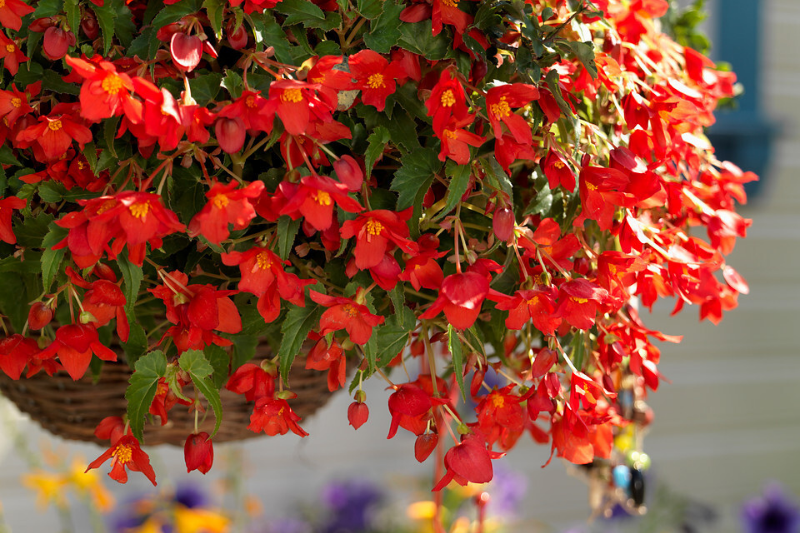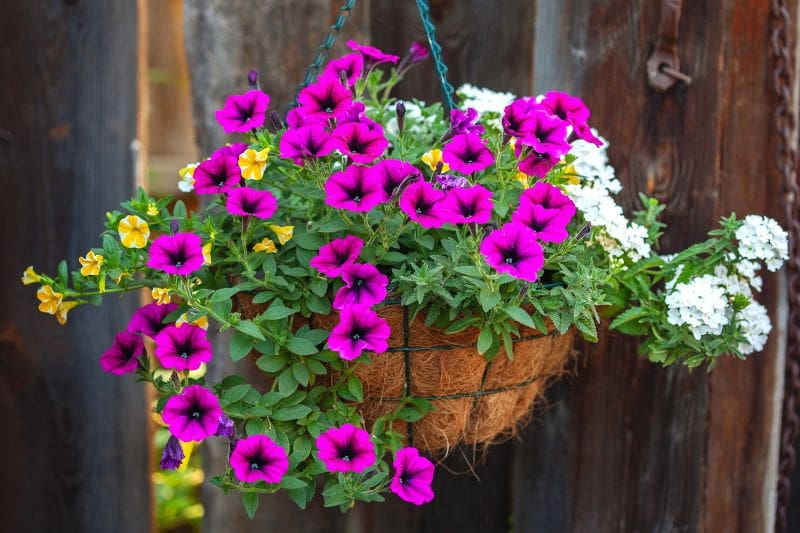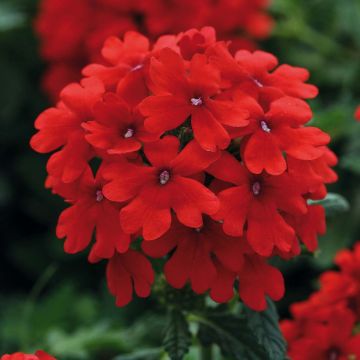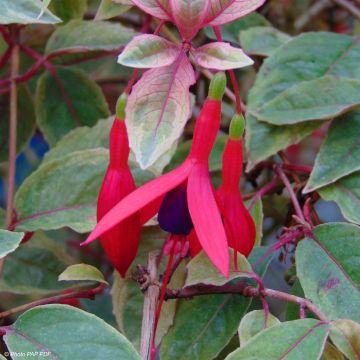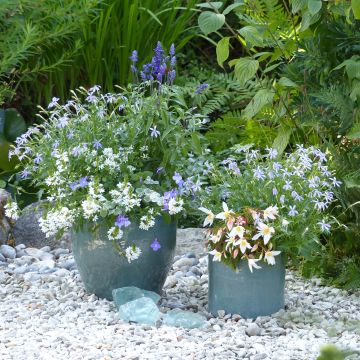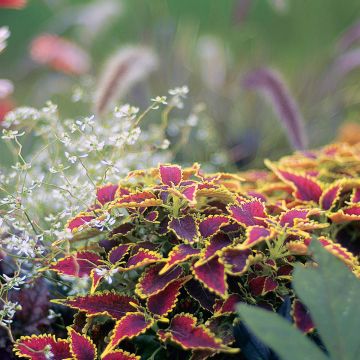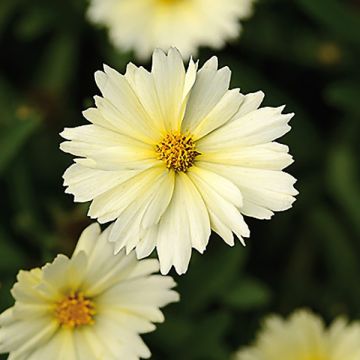

Petunia Bee's Knees
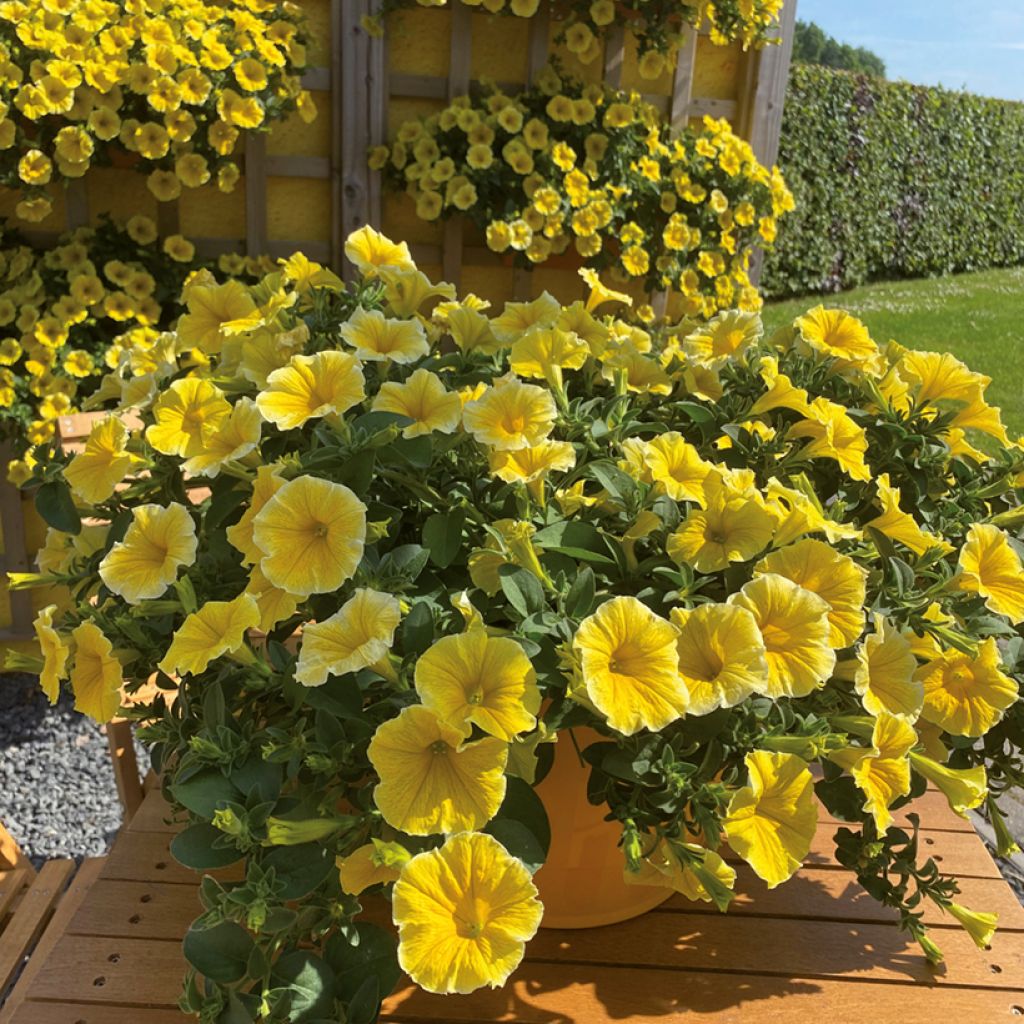

Petunia Bee's Knees
Petunia Bee's Knees
Petunia x hybrida Bee's Knees
Petunia
Special offer!
Receive a €20 voucher for any order over €90 (excluding delivery costs, credit notes, and plastic-free options)!
1- Add your favorite plants to your cart.
2- Once you have reached €90, confirm your order (you can even choose the delivery date!).
3- As soon as your order is shipped, you will receive an email containing your voucher code, valid for 3 months (90 days).
Your voucher is unique and can only be used once, for any order with a minimum value of €20, excluding delivery costs.
Can be combined with other current offers, non-divisible and non-refundable.
Home or relay delivery (depending on size and destination)
Schedule delivery date,
and select date in basket
This plant carries a 6 months recovery warranty
More information
We guarantee the quality of our plants for a full growing cycle, and will replace at our expense any plant that fails to recover under normal climatic and planting conditions.
Would this plant suit my garden?
Set up your Plantfit profile →
Description
The Petunia grandiflora 'Bee's Knees' is an exceptional variety for its bright yellow flowers, among the most intense in the genus. This cultivar is ideal for adding a sunny touch to your summer displays, whether in beds, planters, or hanging baskets. Generous, ornamental, and easy to care for, this plant offers spectacular flowering throughout the growing season.
The Gold Medal awarded to the 'Bee's Knees' variety in 2022 at Fleuroselect, confirms its place among the best recent cultivars. This distinction is awarded to plants that combine innovation, cultivation performance, and exceptional aesthetic quality, criteria that 'Bee's Knees' fulfils brilliantly.
Hybrid petunias and surfinia all originate from several plants native to the warm regions of South America. The Petunia 'Bee's Knees' belongs to the Solanaceae family. This variety forms a compact mound of approximately 30 cm in height and 40 cm in width within a few weeks. The plant flowers continuously from May to October, provided it is well-watered and regularly fertilised. Its funnel-shaped flowers are large and tightly packed together on dense, dark green foliage. The golden-yellow corolla does not fade over time, and the small green-tinged throat is subtle. The slightly pubescent, vigorous and healthy foliage has entire edges and a beautiful dark green hue.
No other flowering annual has undergone such rigorous and prolonged selection by breeders. The result is spectacular: Petunias easily rival pelargoniums in terms of richness and duration of flowering. The 'Bee's Knees' variety is a perfect example. It will thrive in large planters or hanging baskets for an impressive visual effect. Pair it with Petunias in red shades like 'SuperCal Red Maple', orange like 'Terracotta', purple like 'Cosmic Purple', white like 'Snow', or mauve-blue like 'Heavenly Blue' to create a vibrant palette. In beds, it will stand out in contrast with silver foliage like that of cerastium, dusty miller, or artemisia.
Note: Please note, our plug plants are professional products reserved for experienced gardeners: upon receipt, transplant and store them under cover (veranda, greenhouse, cold frame...) at a temperature above 14°C for a few weeks before placing them outdoors once the risk of frosts has completely passed.
Petunia Bee's Knees in pictures


Flowering
Foliage
Plant habit
Botanical data
Petunia
x hybrida
Bee's Knees
Solanaceae
Petunia
Petunia grandiflora Bee's Knees
Cultivar or hybrid
Other Petunia and Surfinia
View all →Planting and care
You can plant your Bee's Knees Petunia in the ground or in pots. If you wish to plant them in the ground, wait until the last heavy frosts have passed, as they can tolerate a light late frost. In the meantime, you can bring them on in pots in a warm and bright location. Plant them in a sunny or partially shaded spot sheltered from the wind. They require light, humus-bearing, and well-drained soil. Avoid overwatering them at the start of the growing season as they are sensitive to excess moisture. They tolerate drought well but will need regular watering during intense summer heat. Highly floriferous and fast-growing, they are hungry plants. We recommend feeding them with a liquid fertiliser once or twice a week during the growth period. Remove faded flowers and dry leaves as needed to maintain their attractive appearance and prolong flowering.
Planting period
Intended location
Care
Planting & care advice
This item has not been reviewed yet - be the first to leave a review about it.
Similar products
Haven't found what you were looking for?
Hardiness is the lowest winter temperature a plant can endure without suffering serious damage or even dying. However, hardiness is affected by location (a sheltered area, such as a patio), protection (winter cover) and soil type (hardiness is improved by well-drained soil).

Photo Sharing Terms & Conditions
In order to encourage gardeners to interact and share their experiences, Promesse de fleurs offers various media enabling content to be uploaded onto its Site - in particular via the ‘Photo sharing’ module.
The User agrees to refrain from:
- Posting any content that is illegal, prejudicial, insulting, racist, inciteful to hatred, revisionist, contrary to public decency, that infringes on privacy or on the privacy rights of third parties, in particular the publicity rights of persons and goods, intellectual property rights, or the right to privacy.
- Submitting content on behalf of a third party;
- Impersonate the identity of a third party and/or publish any personal information about a third party;
In general, the User undertakes to refrain from any unethical behaviour.
All Content (in particular text, comments, files, images, photos, videos, creative works, etc.), which may be subject to property or intellectual property rights, image or other private rights, shall remain the property of the User, subject to the limited rights granted by the terms of the licence granted by Promesse de fleurs as stated below. Users are at liberty to publish or not to publish such Content on the Site, notably via the ‘Photo Sharing’ facility, and accept that this Content shall be made public and freely accessible, notably on the Internet.
Users further acknowledge, undertake to have ,and guarantee that they hold all necessary rights and permissions to publish such material on the Site, in particular with regard to the legislation in force pertaining to any privacy, property, intellectual property, image, or contractual rights, or rights of any other nature. By publishing such Content on the Site, Users acknowledge accepting full liability as publishers of the Content within the meaning of the law, and grant Promesse de fleurs, free of charge, an inclusive, worldwide licence for the said Content for the entire duration of its publication, including all reproduction, representation, up/downloading, displaying, performing, transmission, and storage rights.
Users also grant permission for their name to be linked to the Content and accept that this link may not always be made available.
By engaging in posting material, Users consent to their Content becoming automatically accessible on the Internet, in particular on other sites and/or blogs and/or web pages of the Promesse de fleurs site, including in particular social pages and the Promesse de fleurs catalogue.
Users may secure the removal of entrusted content free of charge by issuing a simple request via our contact form.
The flowering period indicated on our website applies to countries and regions located in USDA zone 8 (France, the United Kingdom, Ireland, the Netherlands, etc.)
It will vary according to where you live:
- In zones 9 to 10 (Italy, Spain, Greece, etc.), flowering will occur about 2 to 4 weeks earlier.
- In zones 6 to 7 (Germany, Poland, Slovenia, and lower mountainous regions), flowering will be delayed by 2 to 3 weeks.
- In zone 5 (Central Europe, Scandinavia), blooming will be delayed by 3 to 5 weeks.
In temperate climates, pruning of spring-flowering shrubs (forsythia, spireas, etc.) should be done just after flowering.
Pruning of summer-flowering shrubs (Indian Lilac, Perovskia, etc.) can be done in winter or spring.
In cold regions as well as with frost-sensitive plants, avoid pruning too early when severe frosts may still occur.
The planting period indicated on our website applies to countries and regions located in USDA zone 8 (France, United Kingdom, Ireland, Netherlands).
It will vary according to where you live:
- In Mediterranean zones (Marseille, Madrid, Milan, etc.), autumn and winter are the best planting periods.
- In continental zones (Strasbourg, Munich, Vienna, etc.), delay planting by 2 to 3 weeks in spring and bring it forward by 2 to 4 weeks in autumn.
- In mountainous regions (the Alps, Pyrenees, Carpathians, etc.), it is best to plant in late spring (May-June) or late summer (August-September).
The harvesting period indicated on our website applies to countries and regions in USDA zone 8 (France, England, Ireland, the Netherlands).
In colder areas (Scandinavia, Poland, Austria...) fruit and vegetable harvests are likely to be delayed by 3-4 weeks.
In warmer areas (Italy, Spain, Greece, etc.), harvesting will probably take place earlier, depending on weather conditions.
The sowing periods indicated on our website apply to countries and regions within USDA Zone 8 (France, UK, Ireland, Netherlands).
In colder areas (Scandinavia, Poland, Austria...), delay any outdoor sowing by 3-4 weeks, or sow under glass.
In warmer climes (Italy, Spain, Greece, etc.), bring outdoor sowing forward by a few weeks.






























